Sapphires for sweet indulgence
Jewel fans, take note. Ceylon is the home of the oldest sapphire mines in the world. Hand in hand with the true-blue legacy, comes the best known quality. Lankan blue sapphire possesses the highest concentration of blue colour, making it the most superior gem of its genre on the entire planet. No wonder Solomon wooed the Queen of Sheba with one of these precious rocks and Princess Diana picked a giant Ceylon sapphire for her one-of-a-kind wedding ring. Depending on the size and clarity of a stone, a Sri Lankan sapphire could set you back by USD 250 to 550. The ultimate choice would be a cornflower blue or cerulean, though Lankan sapphires come in several colours including white, pink, yellow, lilac, aquamarine and even blood-red. Gemologists recommend selecting a stone with some inclusions, and medium colour depth. You can avoid being scammed by getting the stone verified at gem testing centres in town. Interestingly, the Sri Lanka's gemstone trade is concentrated in the town of Ratnapura, just three-hour away from Galle, if rough gem scavenging on your mind?


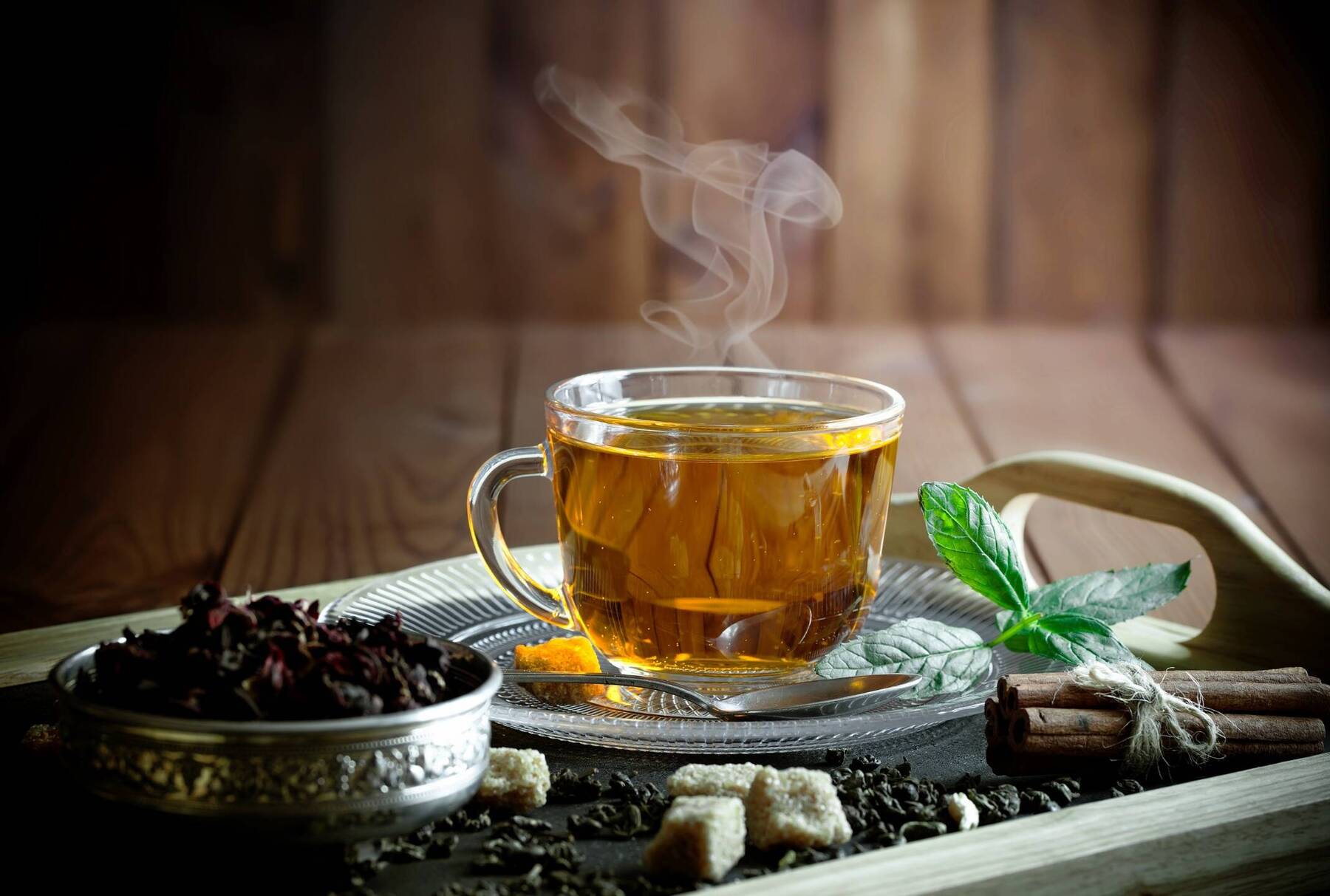
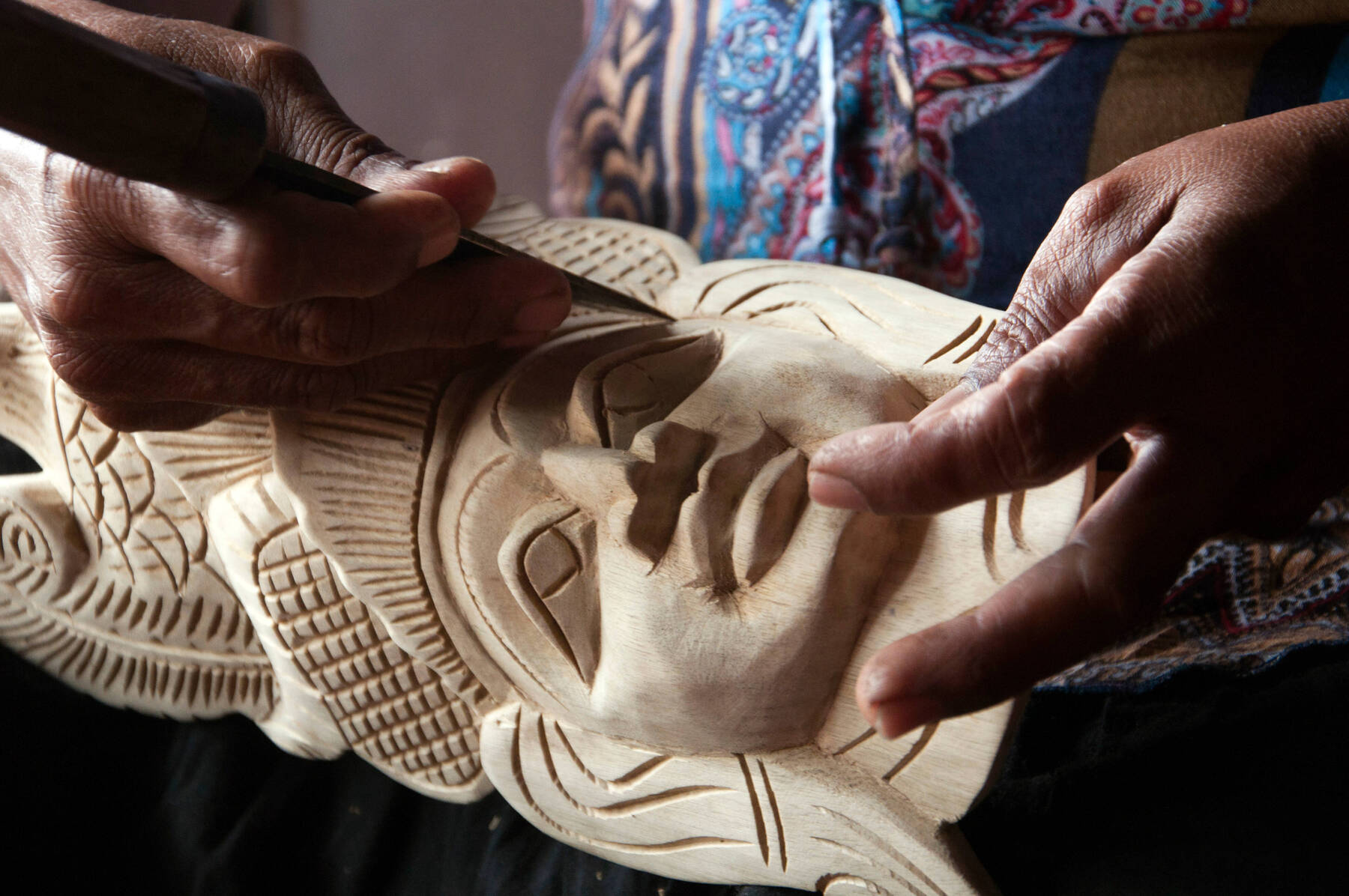
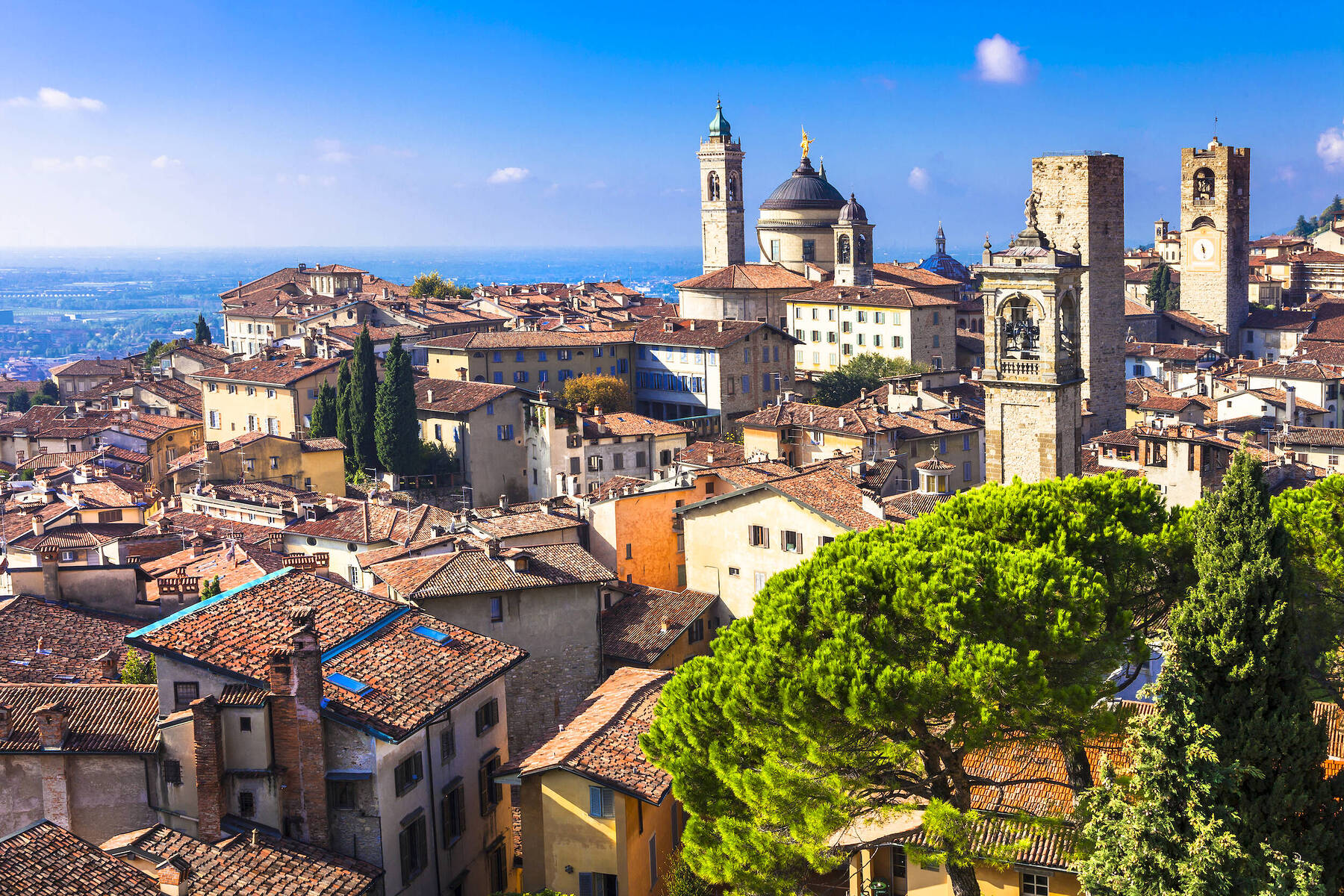
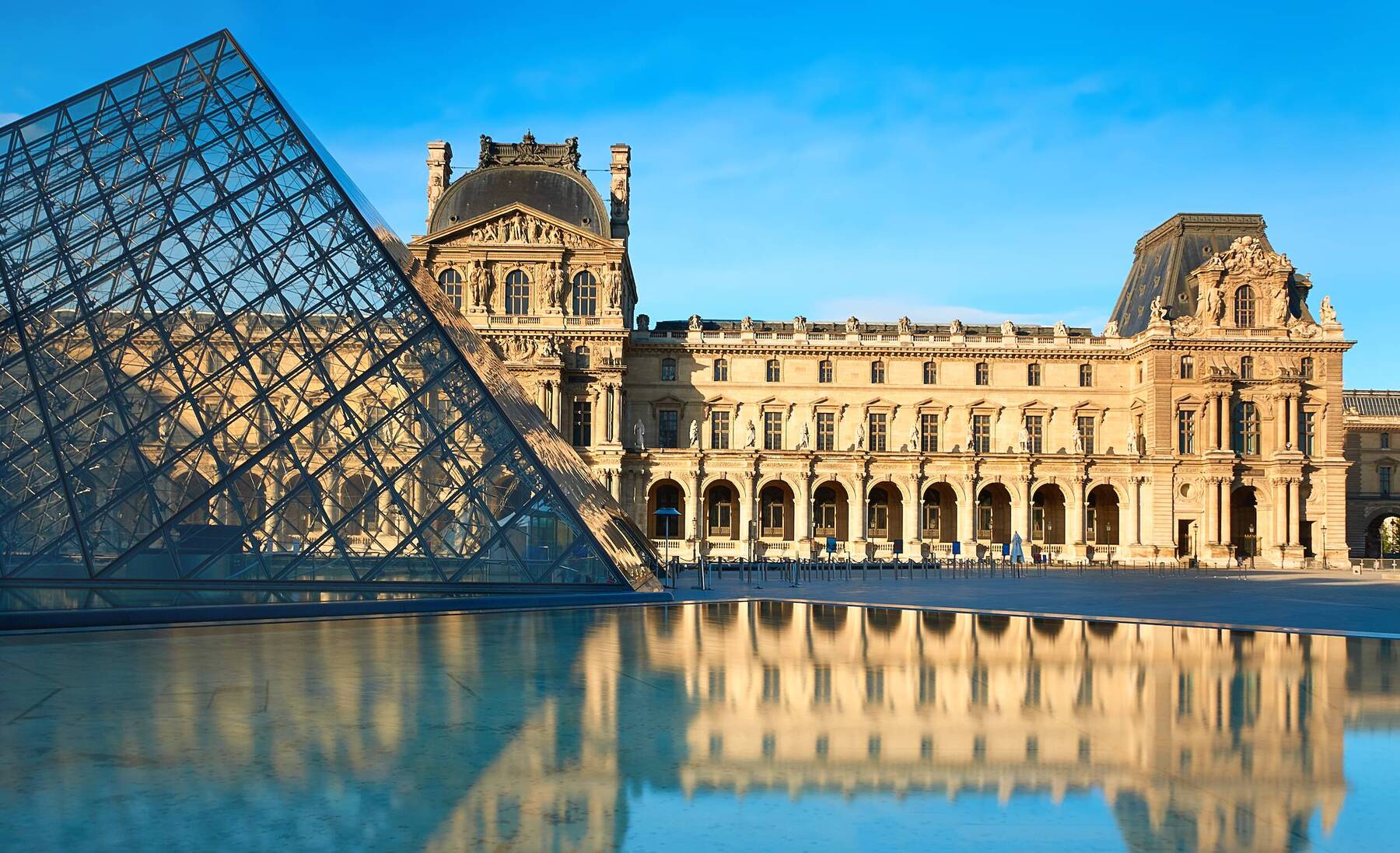
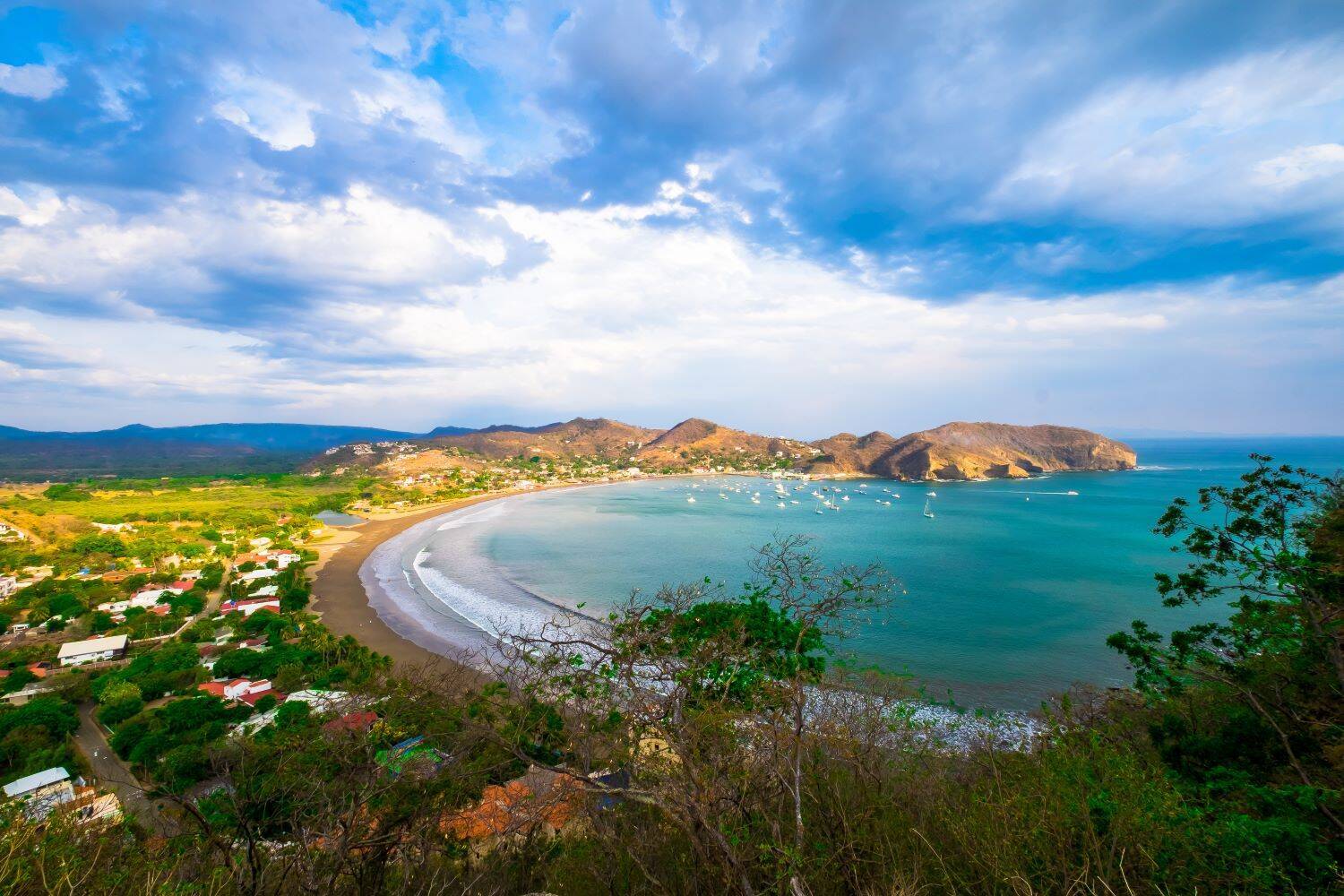













Comments